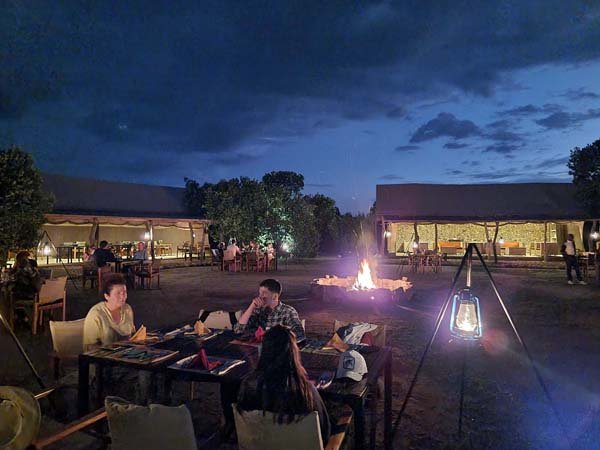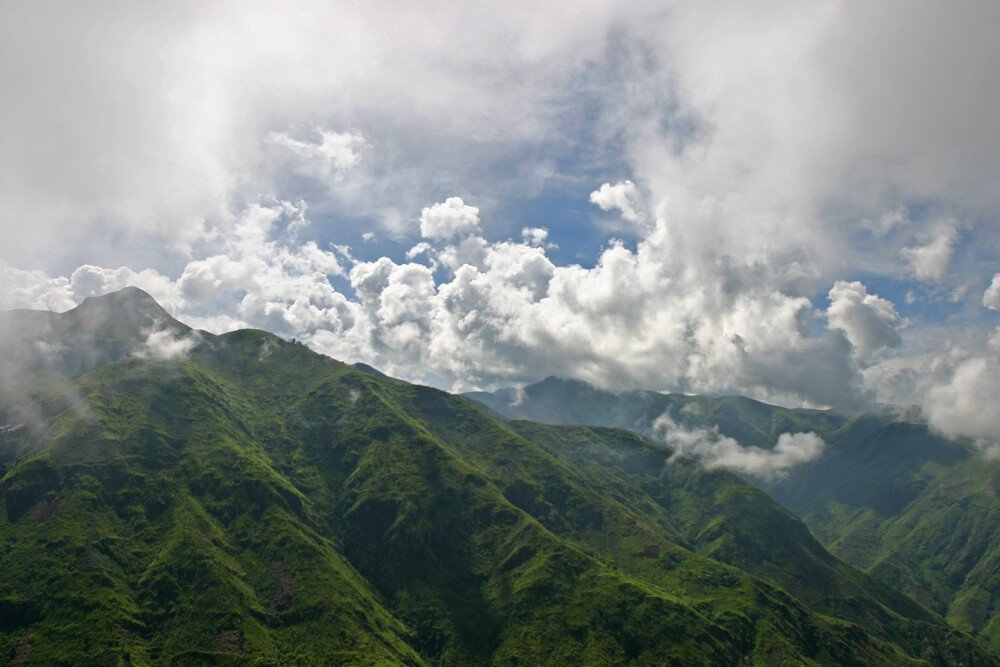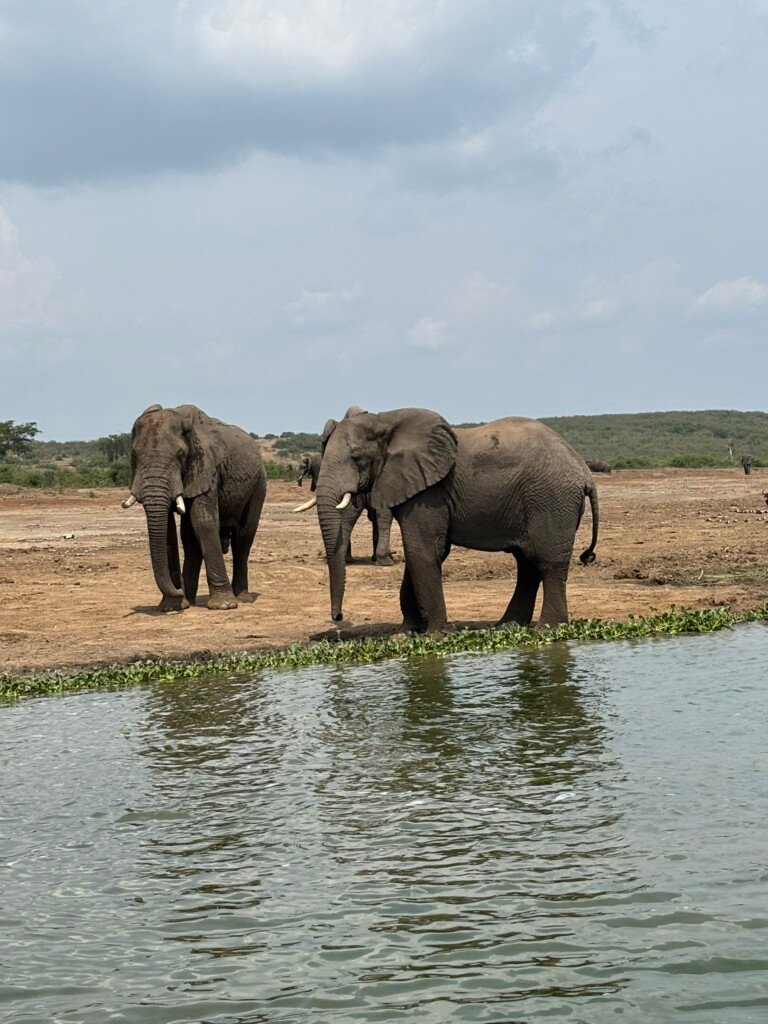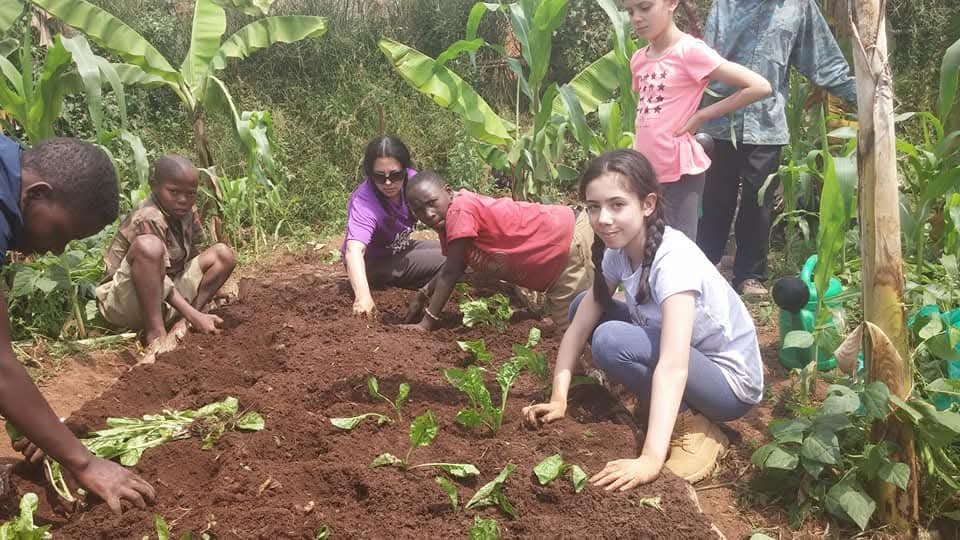5 Sustainable Tourism in Uganda: How to Travel Responsibly
Introduction: Why Sustainable Tourism in Uganda Matters
Sustainable tourism in Uganda is more than just a travel trend—it’s a way to experience the Pearl of Africa while ensuring that your journey benefits both nature and people. From the misty mountains of Bwindi Impenetrable Forest to the serene waters of Lake Bunyonyi, every step you take here has the power to protect wildlife, preserve culture, and create hope for local communities.
Table of Contents
At Amatsiko Tours, we believe that travel should change more than your view, it should change lives. That’s why every trip we organize directly supports education, conservation, and sustainable livelihoods.

What Is Sustainable Tourism in Uganda?
Sustainable tourism in Uganda focuses on minimizing environmental impact, respecting cultural heritage, and providing long-term social and economic benefits to local people. This means traveling in a way that:
- Protects wildlife and natural habitats.
- Honors local traditions and ways of life.
- Creates jobs and income for Ugandans.
- Reduces waste and carbon footprint.
1. Support Conservation Through Responsible Wildlife Encounters
Uganda is famous for gorilla trekking in Bwindi Impenetrable National Park and Mgahinga Gorilla National Park. These treks are strictly regulated by the Uganda Wildlife Authority (UWA) to protect endangered mountain gorillas.
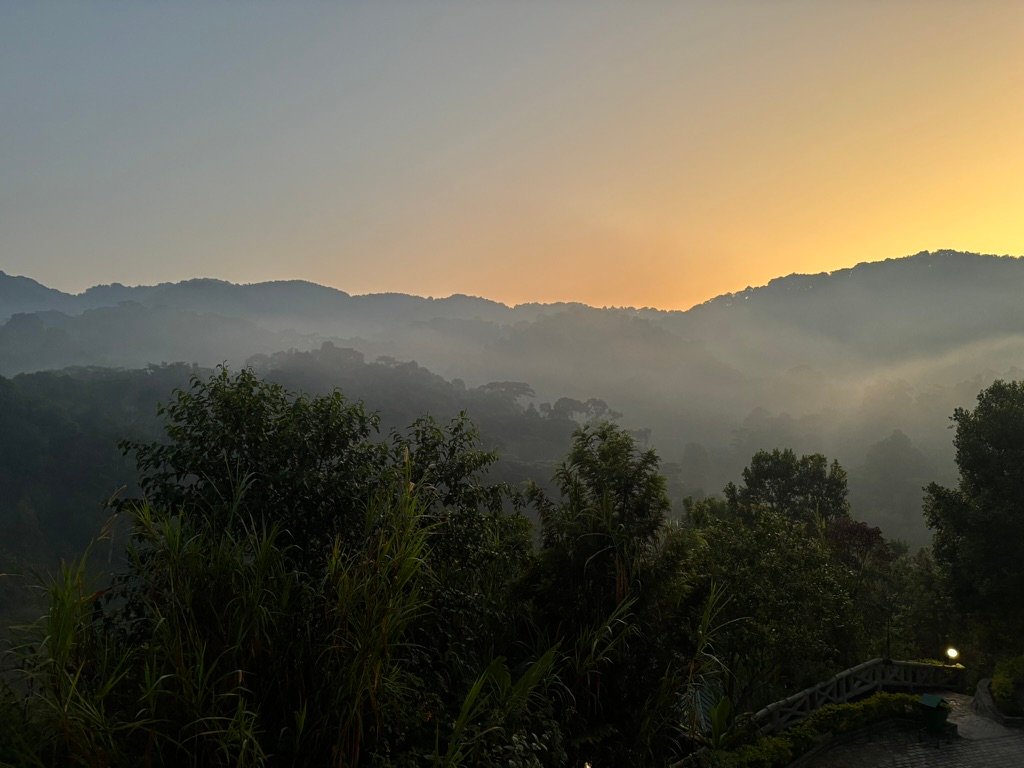
When you trek with Amatsiko Tours, we ensure:
- Permits are purchased legally through UWA, supporting conservation.
- Group sizes are small to reduce disturbance.
- Visitors follow guidelines—keeping a safe distance, avoiding flash photography, and staying quiet.
By choosing licensed operators, you directly contribute to wildlife protection while enjoying an unforgettable experience.
2. Stay in Eco-Friendly Lodges and Local Guesthouses
Accommodation is a big part of sustainable tourism in Uganda. Eco-lodges use solar power, harvest rainwater, and reduce single-use plastics. Staying in locally owned guesthouses also keeps your tourism dollars in the community.
Amatsiko Tours partners with accommodations near Lake Bunyonyi and Queen Elizabeth National Park that are both comfortable and environmentally responsible.
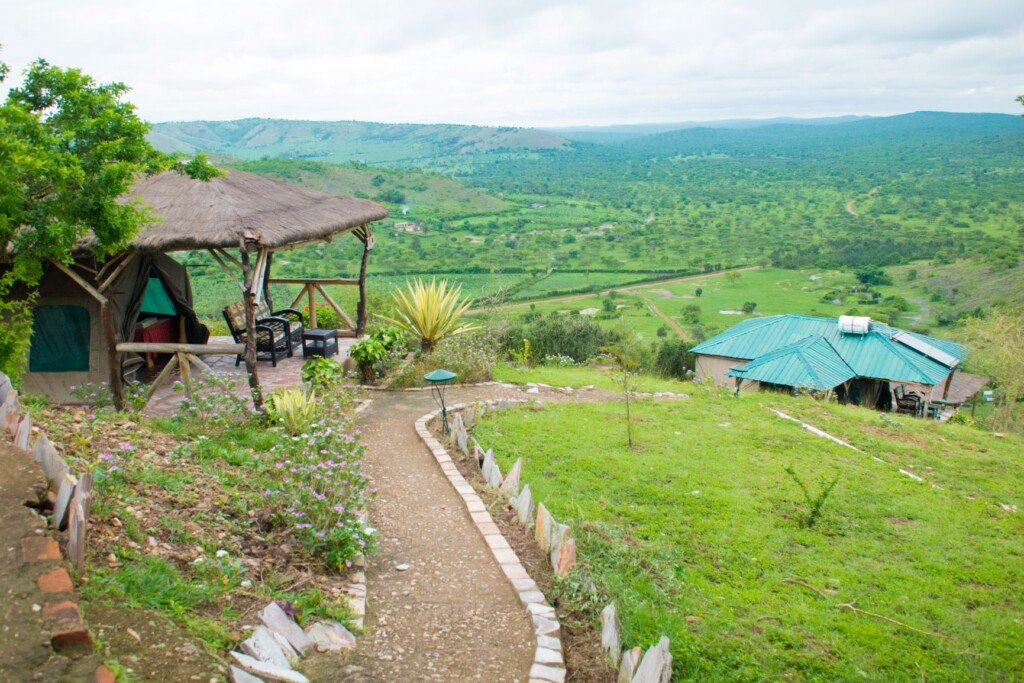
3. Engage with Communities Respectfully
Cultural tourism is at the heart of sustainable travel. This means participating in experiences that are run by local people—village walks, craft workshops, traditional cooking lessons—while ensuring your visit is respectful and mutually beneficial.
At Buzaniro Dream Village, for example, visitors can see how tourism supports Amatsiko Preparatory School and local development projects. You’re not just watching from the sidelines—you’re part of the story.

4. Reduce Your Environmental Impact
Travel in Uganda’s rural areas often means long drives and hikes. You can lower your footprint by:
- Combining destinations to reduce transport emissions.
- Carrying a reusable water bottle and shopping bag.
- Avoiding single-use plastics.
- Choosing overland travel instead of domestic flights where possible.
5. Give Back Through Volunteering and Responsible Spending
Sustainable tourism in Uganda goes beyond what you don’t do—it’s also about what you do. Volunteering your time or skills, buying crafts directly from artisans, and choosing tours that donate to community projects all help ensure your journey leaves a positive mark.

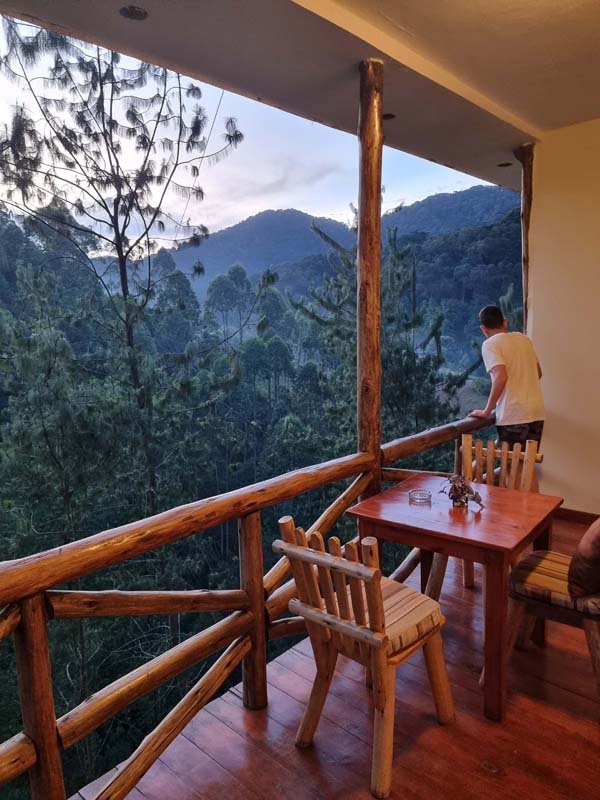
FAQs about Sustainable Tourism in Uganda
Q: What does sustainable tourism in Uganda involve?
A: It’s about traveling in a way that benefits conservation, supports communities, and respects local cultures.
Q: Is gorilla trekking part of sustainable tourism?
A: Yes, when done through licensed operators, gorilla trekking directly funds conservation and community projects.
Q: How can I support local communities while traveling?
A: Stay in local guesthouses, buy from artisans, join community-run tours, and choose operators that give back.
Q: Are eco-lodges widely available in Uganda?
A: Increasingly, yes—especially around major parks and Lake Bunyonyi. They range from budget to luxury options.
Call to Action:
Plan your journey with Amatsiko Tours and discover Uganda in a way that changes lives—yours included. Contact us today to start your sustainable adventure.



